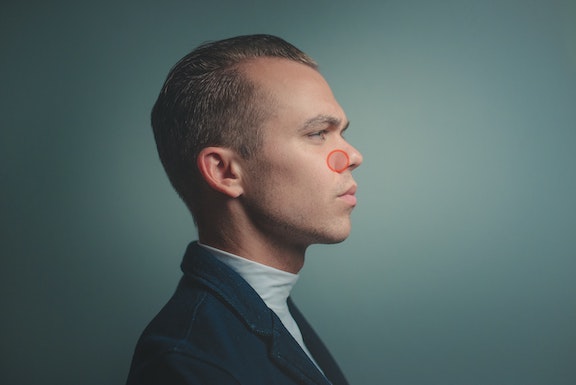Table Of Contents
Cosmetic spider vein treatment is incredibly common — a fact made less surprising when you hear that almost half of Americans have spider veins. But not all spider veins are the same; some are wide and obtrusive while others just appear here and there. From our years providing cosmetic spider vein treatment in Milwaukee and beyond, we’ve worked to answer all of the questions you might have about how to get rid of those little annoying veins.
What kind of spider veins do I have?
This is a difficult question to answer without seeing the veins in person, but some generalizations can be made. While they are often confused for varicose veins, the two are actually different: spider veins are small, flat, web-like veins that can be found all over the skin. Varicose veins, in contrast, can jut out from the skin in singular lines, rarely forming the web-like structure seen in spider veins. Additionally, varicose veins are found on the legs, while spider veins may appear in many places around the body.
What causes spider veins?
Medically speaking, spider veins are caused when valves inside these small veins fail. After this failure, blood can pool within the vein, making them more pronounced. This can eventually cause the vein to expand and branch out, resulting in spider veins.
From a behavioral perspective, there are numerous reasons why one may develop spider veins. Pressure is a known cause of spider veins, as is sun damage. Additionally, factors like smoking, lack of exercise, and poor diet all play a role in one’s susceptibility to spider vein development.
How do I get rid of spider veins?
A range of options are available for those seeking spider vein treatment. One potential option is treatment with lasers, a topic we’ve covered on this blog before. Laser treatment is ideal for small veins, especially ones that appear on the face or smaller veins on the legs. The reason for this is that spider veins are often simply too small for traditional treatments that use injections. The advantage of lasers is that they can target the vein with pinpoint accuracy, eliminating the problem vein or veins after just a few treatments.
Laser treatments can also be used in combination with other sclerotherapy treatments; sclerotherapy can take care of bigger problem veins, while laser treatments allow for minor touch-ups.
What is a KTP laser?
A KTP laser is the type of laser that we use in this treatment. This laser works by targeting problem areas with extremely localized heat. In doing this, these blood vessels are destroyed, and after several treatments, will fade from view. This treatment is not only good for spider veins; KTP laser treatment is effective for treating rosacea, haemangiomas (also known as “strawberry marks”), brown spots and other pigment mutations, and more.
How long does the KTP laser process take?
The exact details depend on the size and severity of the spider veins, but on average, patients will see results after two or three treatments. Each treatment lasts only twenty minutes, and patients suffer from no significant lasting discomfort resulting from each treatment. This allows patients to continue with their day following treatment, though some additional care, such as the use of ice or a topical cream, may be needed for maximum patient comfort.
Conclusion
When one hears the phrase “spider veins,” they immediately picture a broad network of veins that take up a significant portion of someone’s body. While this is sometimes the case, most of the time, people who find their spider veins bothersome are simply looking for a way to touch up certain problem areas, such as the face or small details on the legs.
Using laser treatment is one of the best ways to do this. But is it right for you? As a vein clinic, we’ve spent years figuring out the best treatments for patients across the spectrum of need, ranging from large varicose veins to minor face treatments. If you are considering vein treatment, take our free virtual vein consultation, which will allow you to see the best treatment options for you. Or, simply get in contact. We would love to answer any questions you might have about vein treatment.

